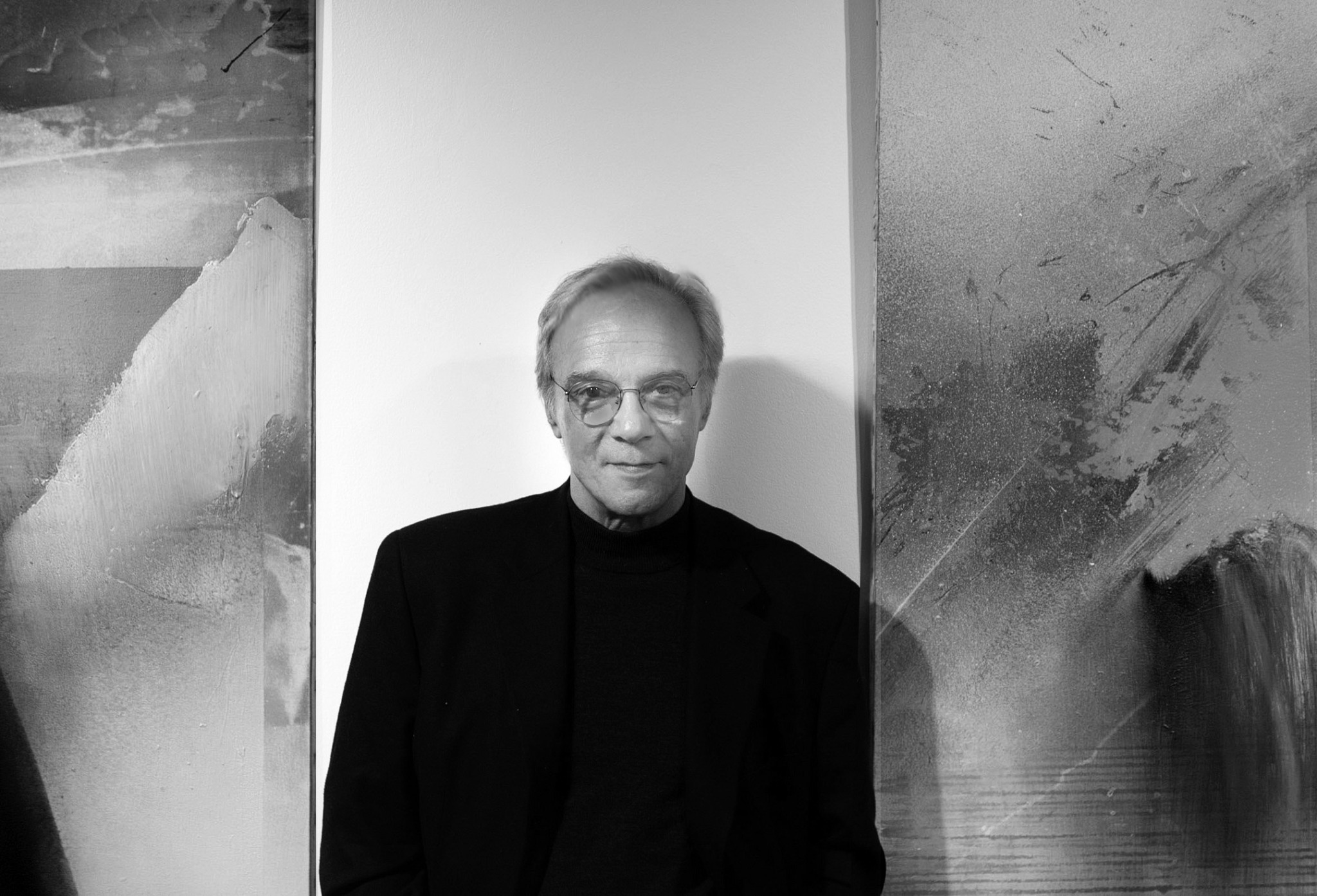We recently connected with Richard Saba and have shared our conversation below.
Hi Richard, thanks for joining us today. Is there a lesson you learned in school that’s stuck with you and has meaningfully impacted your journey?
My first year of art school was consumed by an intense foundation design program, a kind of boot camp for creativity. The assignments were less about achieving a finished product and more about immersing yourself in process. There were no right answers, no models to imitate—only the demand for invention. Each week, we were handed unfamiliar, often unwieldy materials: a hundred pounds of concrete, fifty yards of window screen, stacks of corrugated cardboard, lengths of wire or plaster. None of us had prior experience with these substances, and that was precisely the point.
You had to study the material closely, to feel its weight, its resistance, its fragility or stubbornness. The task was to honor the inherent qualities of the material while simultaneously pushing against its limits—to make it do something unexpected, to discover possibilities beyond its obvious uses. This required a kind of double vision: respect for what was given, and a willingness to subvert it.
The emphasis on process over product created an atmosphere of genuine experimentation. You couldn’t begin with a preconceived image or outcome; the material itself would resist or redirect you. Instead, you learned to stay open, to respond, to let the work evolve through trial, error, and surprise. It was frustrating, exhilarating, and liberating all at once. By the end of that year, I had come to understand creativity not as an act of imposing an idea, but as a dialogue with the world—an openness to discovery that continues to inform my practice today.
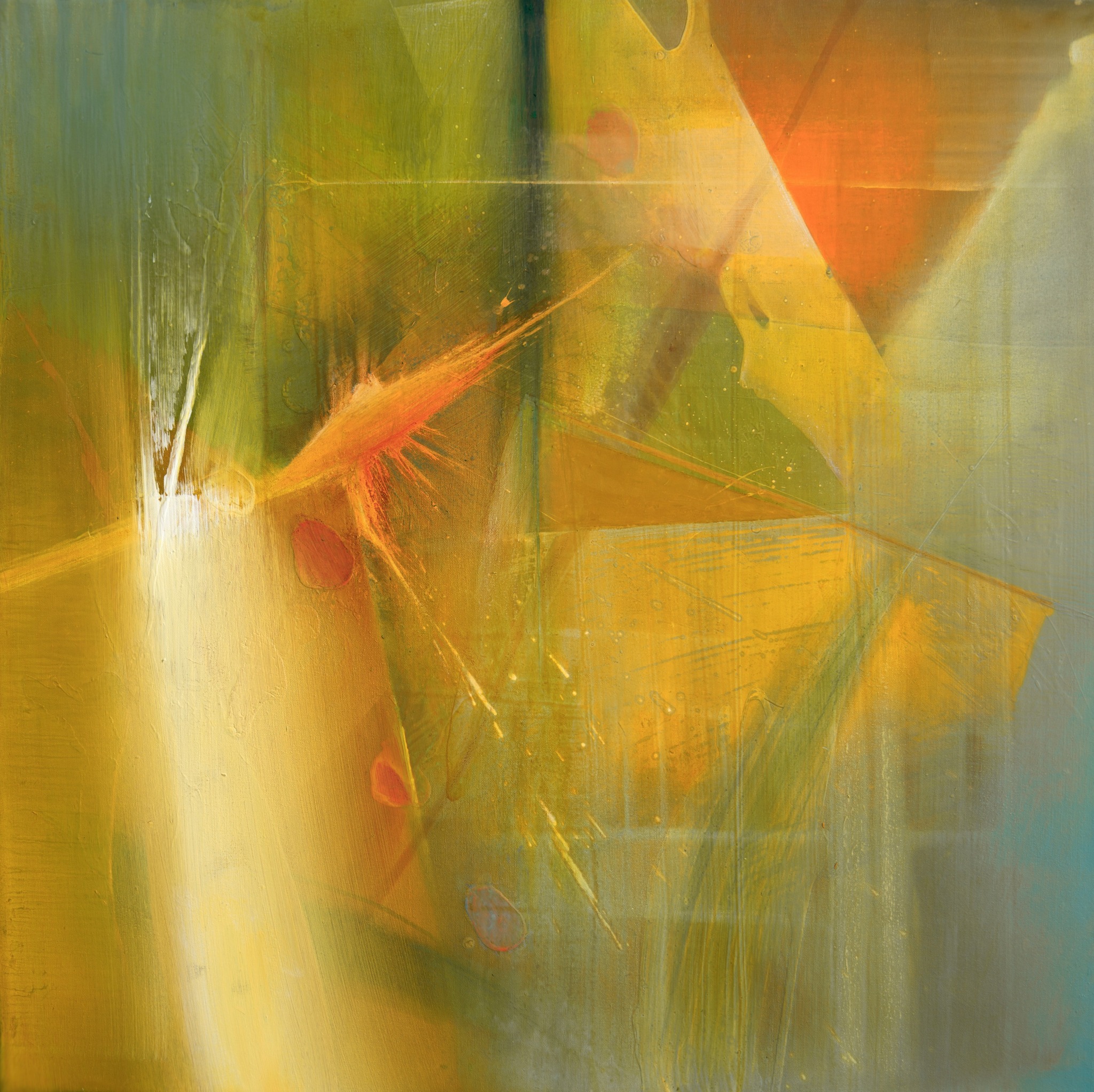
Richard, before we move on to more of these sorts of questions, can you take some time to bring our readers up to speed on you and what you do?
From a very young age, I drew incessantly—it was my way of making sense of the world. By the time I was in grade school, I could already capture likenesses in portraits and render objects with shading that gave them a convincing sense of dimensionality. At that early age, people began to recognize me as “the artist,” a role that felt both natural and inevitable.
When I was ten, my mother enrolled me in adult painting classes at the local art institute. I was the only child in the room, yet I was treated no differently than the adults. The format was simple but profound: we set up our easels in front of the old masters hanging in the galleries and worked to copy them stroke by stroke. What might have seemed like a mere exercise in imitation quickly became something deeper. As I labored over those canvases, I was not only training my eye and hand but also absorbing the values, techniques, and sensibilities that lived in the paintings of the past.
That early experience instilled in me a lifelong passion for art history and a conviction that painting is never created in isolation. I began to understand art as a continuous dialogue with what came before—a conversation across centuries in which each artist adds a voice while sustaining the values they most cherish. For me, meaning in art has always grown out of this exchange: the ability to personalize and reinterpret tradition, to honor history even as you extend it forward into something new.
From those early beginnings, I went on to attend a high school where I was able to major in art, spending four hours each day immersed in painting and drawing. By then, my commitment was clear: I wanted to pursue painting as the central ambition of my life. That decision carried me forward to art school and eventually graduate school, each step deepening my sense of purpose and sharpening my abilities.
When my studies were complete, the next logical move was to New York City, the place where so much of the art world converged. There, I had the good fortune to encounter great and well-known artists whose generosity of insight and example illuminated the path ahead. I began to exhibit my work, and before long I was able to support myself through my paintings—a dream that had once seemed distant.
On the page, this journey can appear seamless, almost effortless. In reality, it was punctuated by sacrifice, uncertainty, and no small measure of struggle. Yet through it all, I remained unwavering in my devotion. Painting was never a pastime or a profession alone—it was, and remains, the very axis around which my life revolves. My commitment to it has been absolute, a lifelong pledge to the act of making, regardless of circumstance.
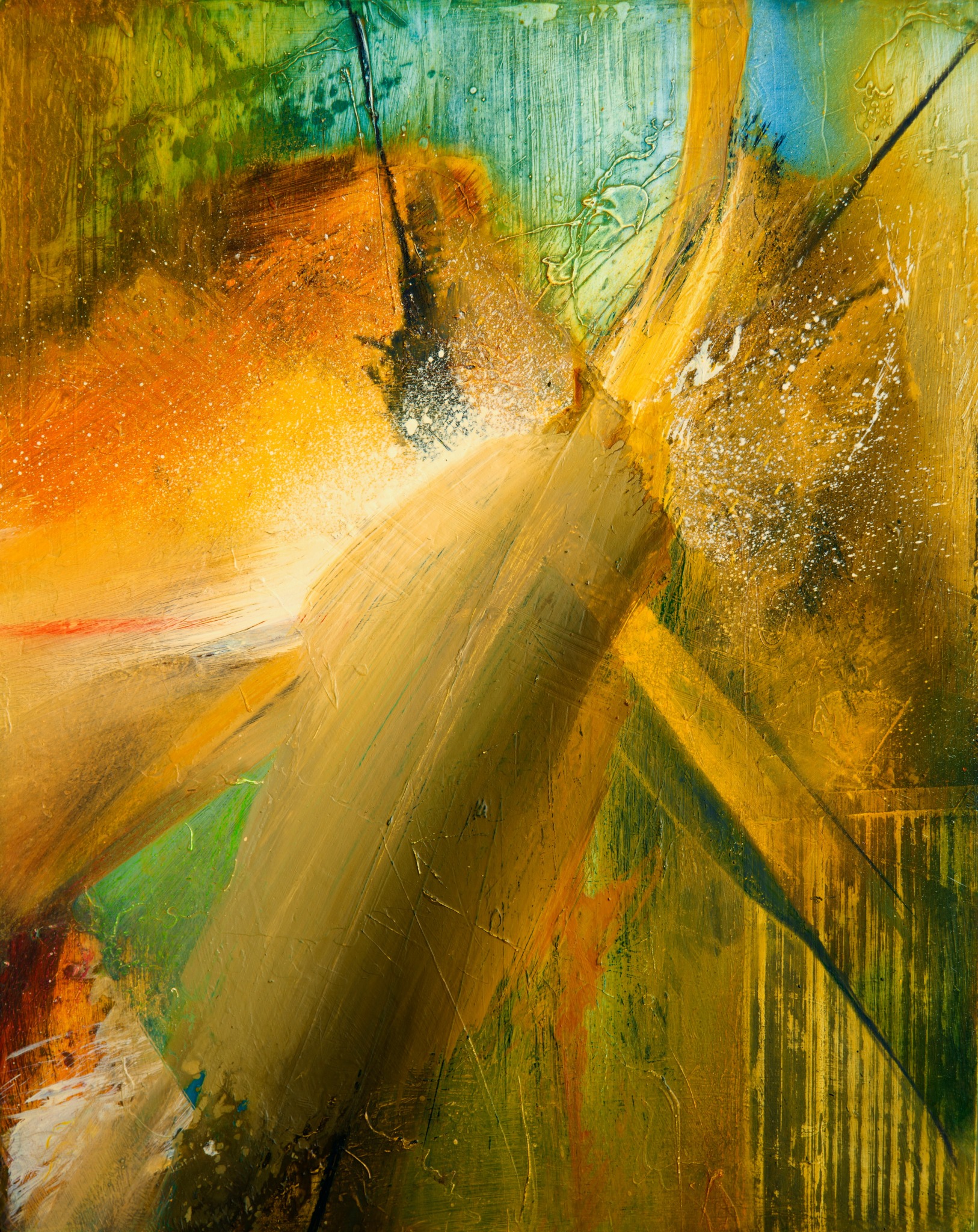
Is there a particular goal or mission driving your creative journey?
If I were to define my ultimate goal or ambition, it would be no different from that of any other thinking person: to realize my full potential without compromise. I have never subscribed to the notion that creativity is reserved for a special few, as if there were “creative people” set apart from the rest. Rather, I see creativity as fundamental to our nature as human beings—a capacity woven into the fabric of our species.
We exercise this creativity constantly, often without even naming it as such. It appears in the way someone prepares a meal, arranges a garden, tells a story to a child, or solves a problem at work. These acts may seem ordinary, but they are no less expressions of imagination and invention. The arts, in this sense, serve not as isolated or elevated pursuits, but as concentrated examples that remind us of what is already present in everyday life.
Painting reveals the beauty of the visible world, just as dance reveals the beauty of the body in motion. Literature gives form to the stories that shape our identities, while music renders the invisible patterns of sound into something profoundly moving. Yet beauty itself is not confined to the museum, the stage, or the concert hall. It permeates the textures of daily existence, if only we remain open to perceiving it.
For me, art is not about escape or separation from life, but about deepening our engagement with it. To recognize beauty everywhere—whether in a brushstroke, a conversation, or a fleeting moment of light—is to affirm that creativity belongs to all of us.
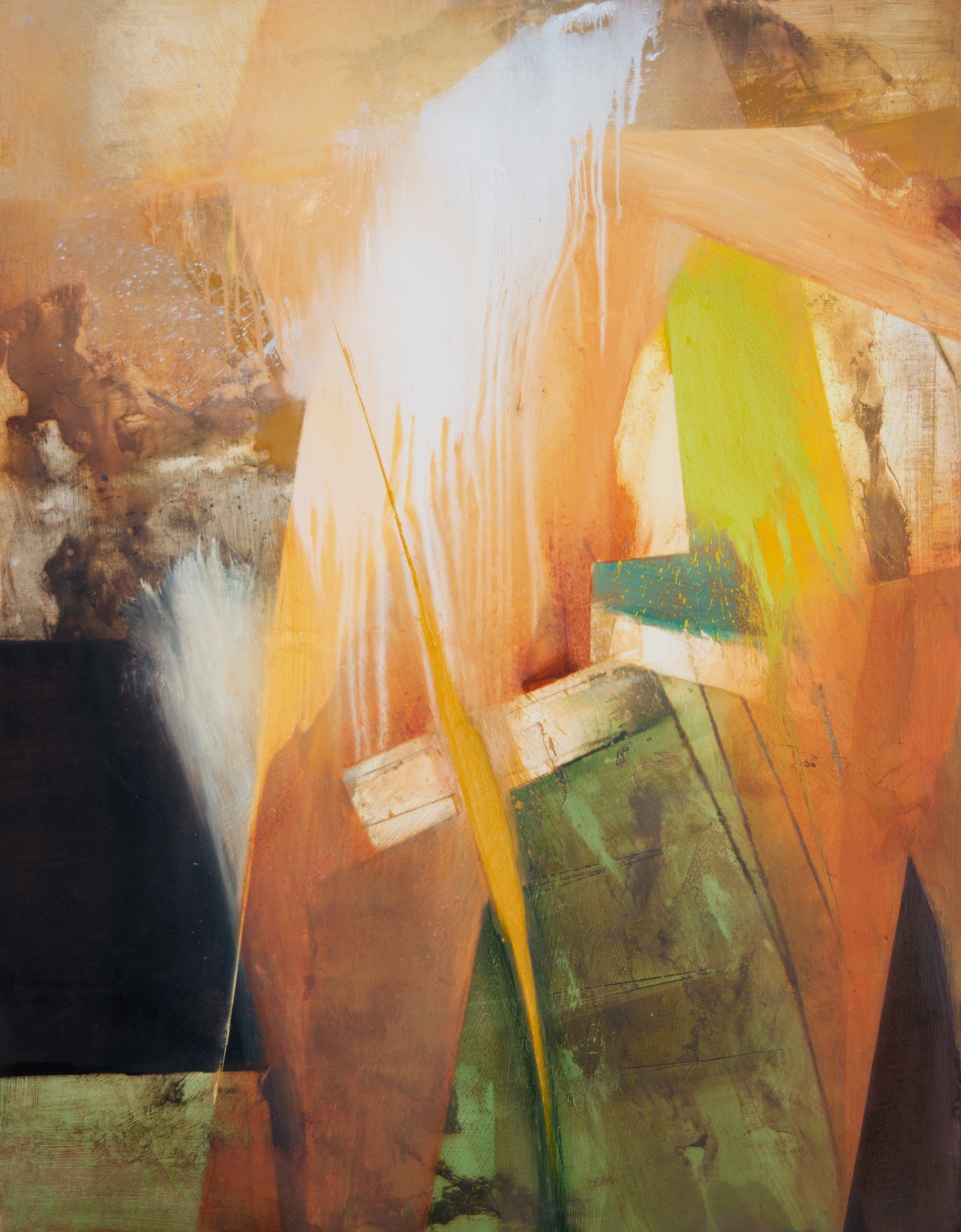
Is there something you think non-creatives will struggle to understand about your journey as a creative?
I have taught first-graders, college art majors, and adults in continuing education, and from these experiences I can say with certainty: there are no non-creative people. Creativity is not the privilege of a select few—it is present in everyone, waiting to be engaged. You don’t need a PhD in aesthetics to understand art. What matters is the willingness to remain open to experience. When we approach art with that openness, meaning arises naturally from the encounter, shaped by the dialogue between ourselves and the work before us.
Contact Info:
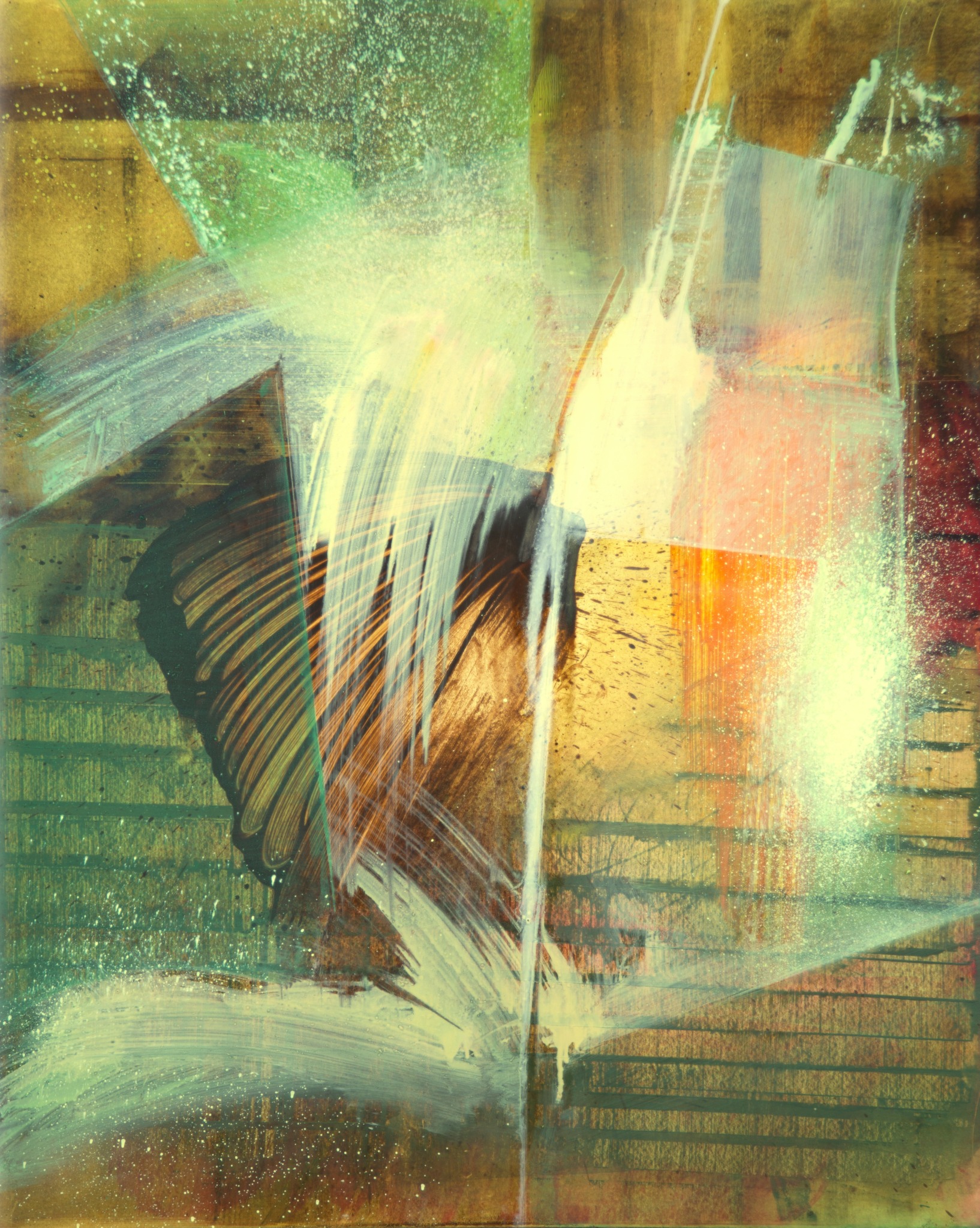
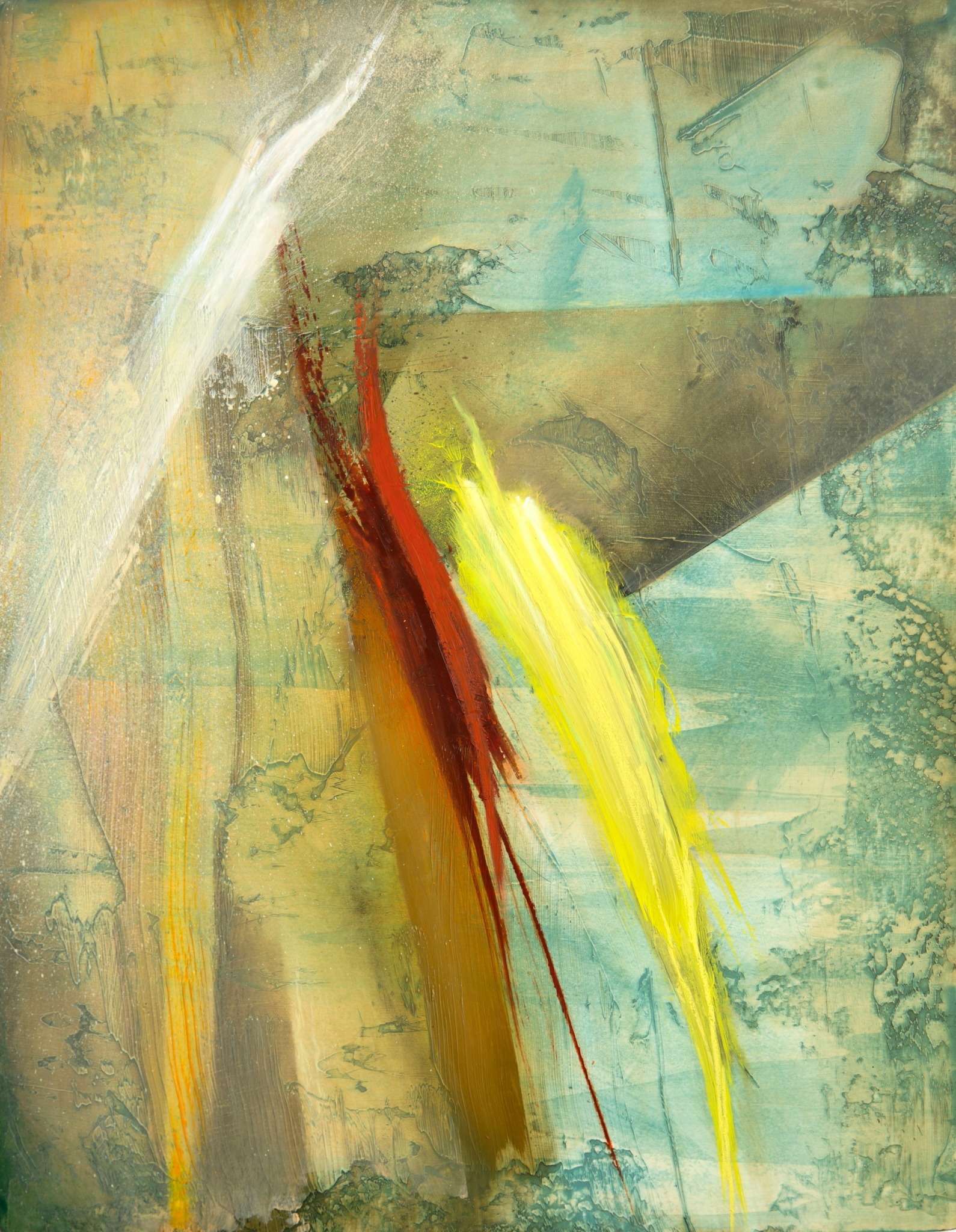
Image Credits
Images provided by the artist.


